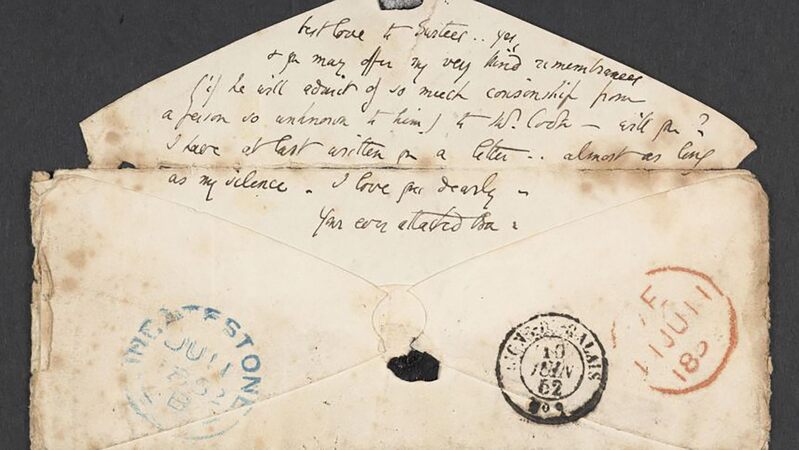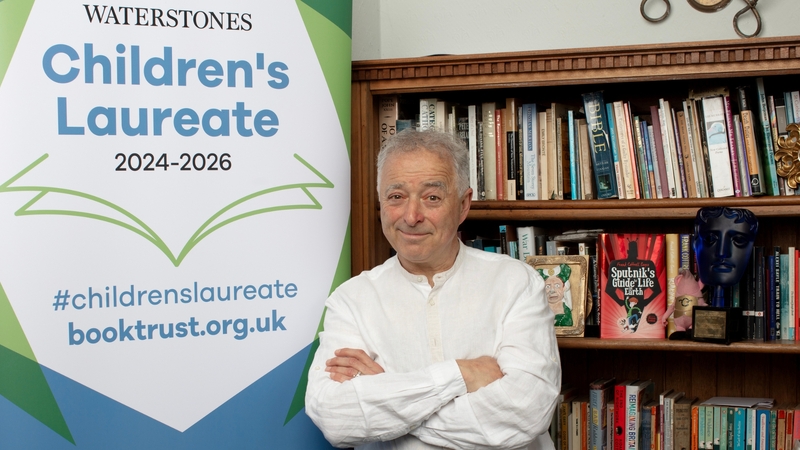You are viewing your 1 free article this month. Login to read more articles.
Kick-ass Heroines
When I was growing up, there weren’t very many kick-ass heroines around. They were there, yes, but few and far between - Aerin from Robin McKinley’s The Hero and The Crown; Alanna from Tamora Pierce’s Song of the Lioness Quartet, and Sabriel from Garth Nix’s Sabriel are the first ones to come to mind when of think of the early days of modern YA. In movies and television, they were just as rare.
So I spent my childhood and teenage years fiercely jealous of the male protagonists who got to do all the “fun” things—Luke Skywalker, Indiana Jones, all of the Disney princes, Taran (from Lloyd Alexander’s Chronicles of Prydain). I’d daydream about being Prince Phillip in Sleeping Beauty, battling Maleficent on a cliff’s edge. And for years and years I was convinced that there was something wrong with me for wanting to do those things.
It wasn’t until I was much older (until I got published, really), that I learned there were countless other girls out there like me. I learned that most of my author friends had felt the same exact way I did while growing up, that we had watched Luke battle Vader and wished it could be Leia fighting him instead.
Many of us started writing these fierce heroines because of that void—because when we did find a heroine like Sabriel it meant the world to us. It saved us, and it made us feel less alone. These early heroines defined who we would become as women—and they gave us the foundation to build our own heroines, too.
Ten years ago, when I came up with the idea for Throne of Glass, I think what excited me most was that Celaena was the kind of heroine who could do all of those fun things that boys typically got to do. Her years of training as an assassin allowed for me to put her in deadly, epic, and exciting situations—it allowed for me to dream big. But her physical abilities were just the starting point.
While writing her adventure was thrilling, I soon became just as invested in Celaena’s strength of character as well—in her decisions regarding how to use the tremendous talent she’d been blessed with. Ultimately that’s part of why we’re so drawn to these kickass heroines: not because they can wield a weapon, but because of how they choose to wield those weapons. Celaena’s journey is very much about that—about her decisions regarding how to use her abilities, who to ally herself with, in discovering what she stands for.
These days, I think we’re seeing a surge of fierce heroines not because it’s become a hot trend, but rather because the rest of the world is finally waking up to the idea that girls can be in these lead roles, that they can save the day and don’t need to wear a sexy, half-unzipped leotard to do it - think Lisbeth Salander in The Girl with the Dragon Tattoo and Katniss in The Hunger Games. And, most importantly, people are realizing that there’s more to these fierce heroines than just their physical abilities; they are fully-realised people, with histories and fears and desires.
I can’t even begin to tell you how much it thrills me to walk into a bookstore and see books featuring empowered heroines now prominently displayed. It’s an honor to be a part of the YA community right now, when so many of the rules and expectations about heroines are shifting. And I can’t wait to have Celaena join their ranks—and hopefully inspire a new generation of young women to dream big, too.
Throne of Glass is out now, published by Bloomsbury.















